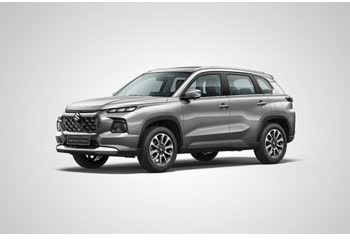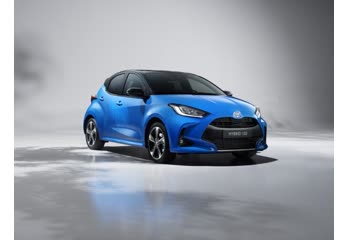Everything you need to know about specifications and performance - Lexus LBX LBX 2023 - 1.5 (136 Hp) Hybrid e-CVT

Overview:
What is the engine capacity of a Lexus LBX 2023?
The engine capacity of the Lexus LBX 2023 is 1490.
Lexus LBX 2023 How many horsepower?
The engine power of the Lexus LBX 2023 is 91 Hp @ 5500 rpm..
What is the Lexus LBX 2023 engine?
Lexus LBX 2023 engine is M15A-FXE. (Click to see other cars using the same engine)
How powerful is the electrical system in the Lexus LBX 2023?
The power of the electrical system in the Lexus LBX 2023 is 136 Hp hp.
What is the recommended oil for a Lexus LBX 2023 engine?
The recommended oil for a Lexus LBX 2023 car engine is 0W-20.
What type of camshaft transmission system is used in a Lexus LBX 2023 engine?
chain is used to transmit motion.
General:
Engine:
Performance:
Electric system:
Space:
dimensions:
Powertrain, Suspension and Brakes:
See also

Same engine. (M15A-FXE).
Its production began in 2022 until Now

Same engine. (M15A-FXE).
Its production began in 2023 until 2024

Same production year and almost the same engine capacity.
Its production began in 2023 until Now
Write a comment